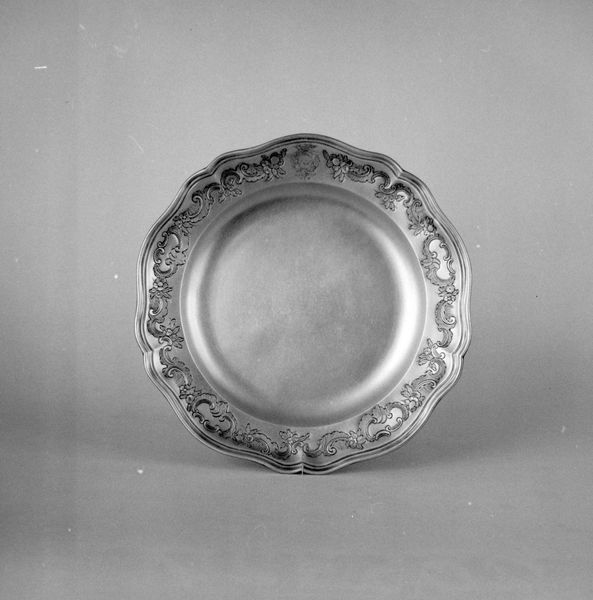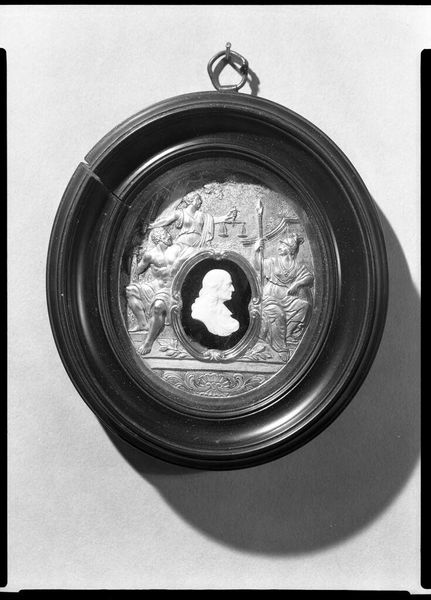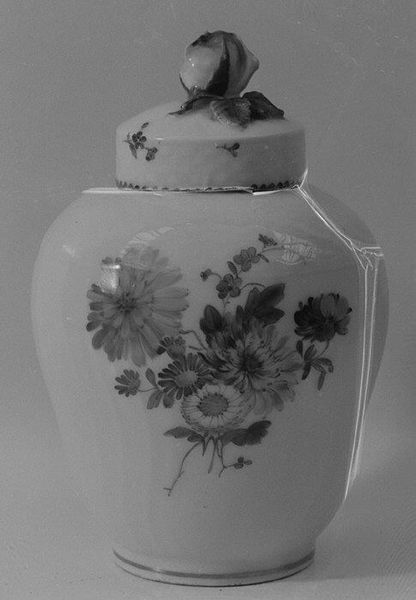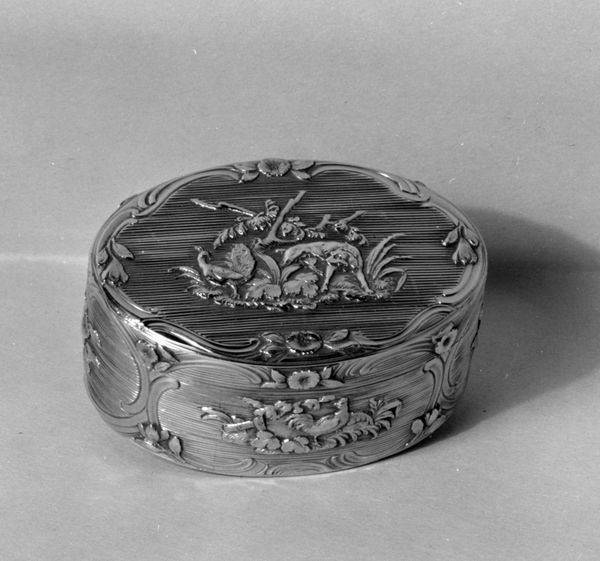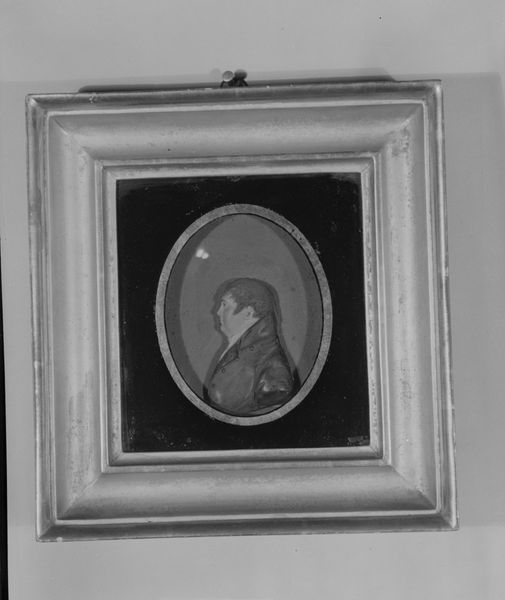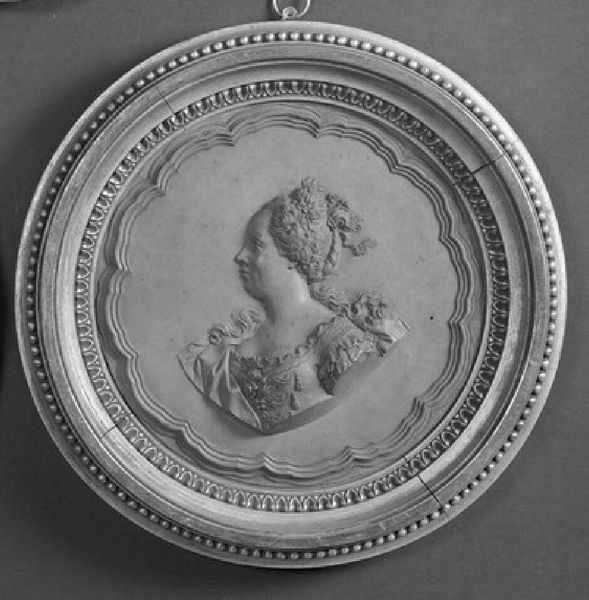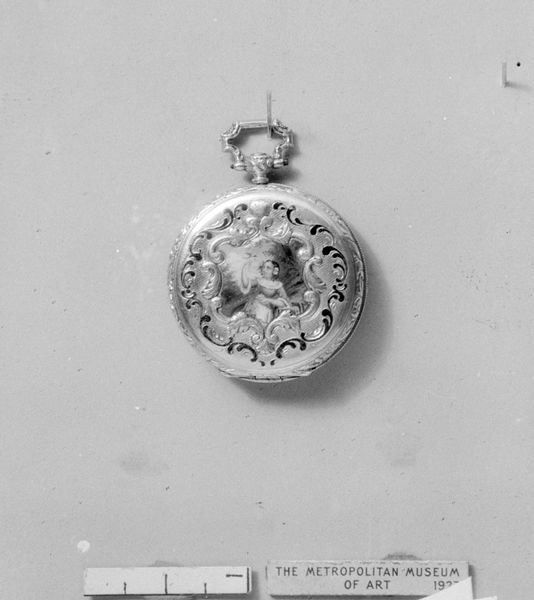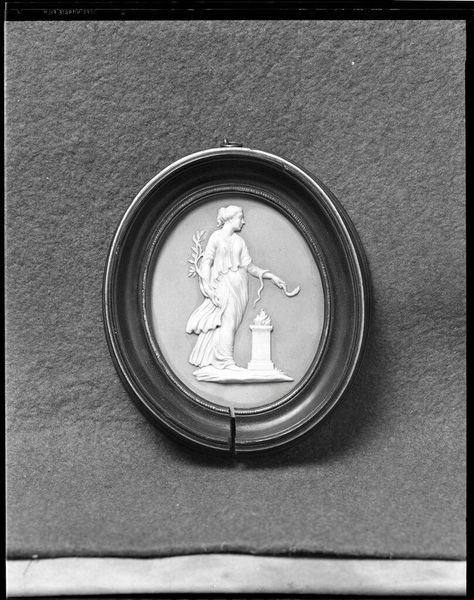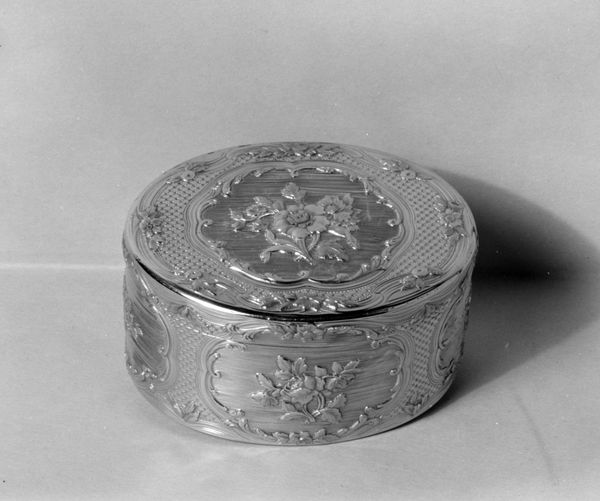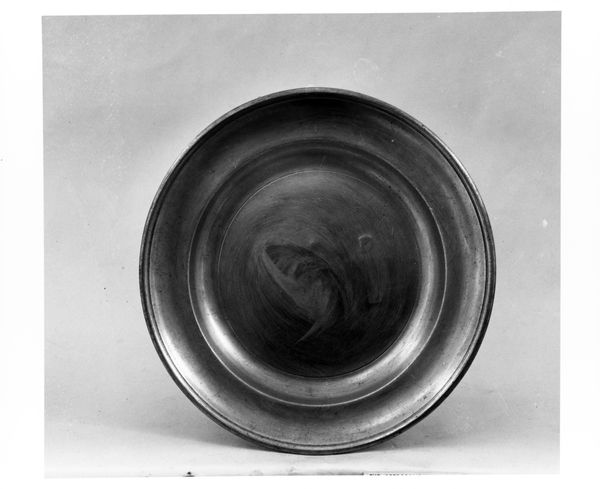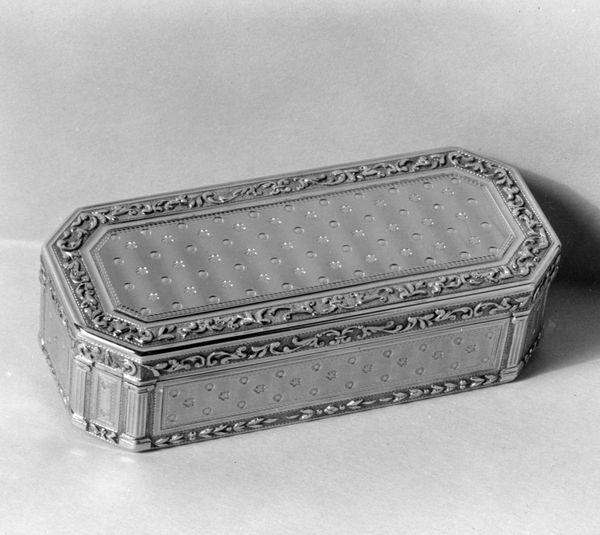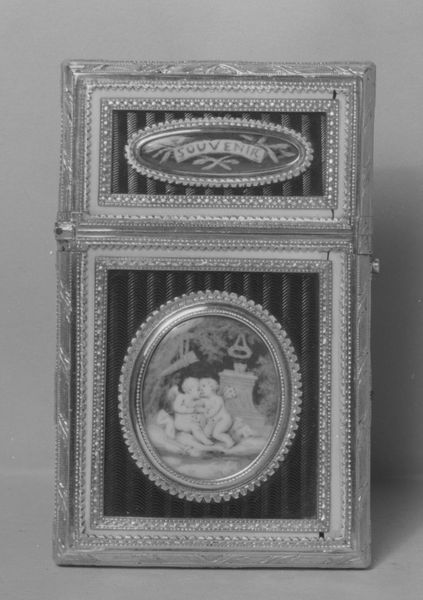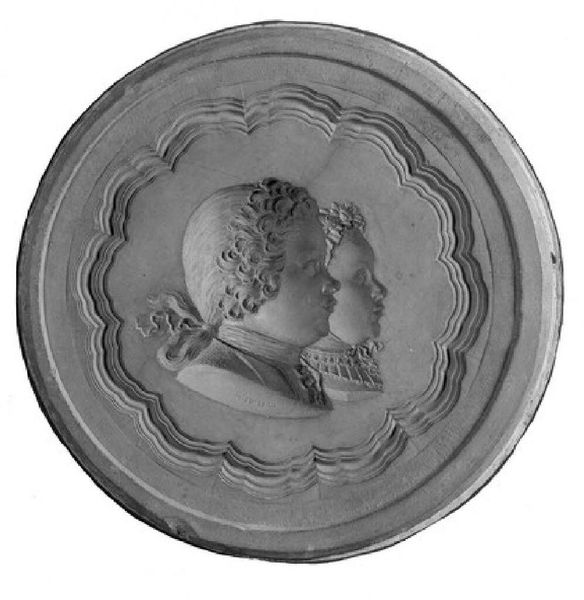
Dimensions: Overall: 13/16 × 3 1/16 in. (2.1 × 7.8 cm); Miniature, oval: 2 1/8 × 1 7/8 in. (5.4 × 4.8 cm)
Copyright: Public Domain
Editor: Here we have a snuffbox, likely dating from around 1785 to 1795. What strikes me is the miniature portrait on the lid. It feels very intimate, almost like a little secret. What can you tell me about the historical context of pieces like this? Curator: Well, objects like this were potent status symbols. Snuff, though just pulverized tobacco, became linked with elite social rituals and refined sensibility. Owning an ornate snuffbox announced not only wealth but cultural sophistication. Think about how art functioned within that society – was it accessible? Who commissioned and consumed these objects? Editor: So, it's less about the artistic value, more about signaling something? Curator: Not entirely. While exquisite craftsmanship certainly held appeal, these boxes functioned almost like wearable billboards of social standing. Who do you think this portrait is of, and how does her depiction further reinforce this display of status? Editor: Maybe a lady of the court? The fashionable hat suggests high society. It’s interesting to think of such personal objects carrying such a heavy weight of social meaning. Curator: Precisely. Consider the act of offering someone snuff from a box like this. It was a very public performance, wasn’t it? It reinforced existing hierarchies and power structures with every use. How might this differ from how art functions publicly today? Editor: We don’t often think of something so small playing such a large social role. Thanks, it’s fascinating to see this in a new light. Curator: Indeed. It encourages us to reconsider how even seemingly trivial objects are steeped in societal values and influence social dynamics, even today.
Comments
No comments
Be the first to comment and join the conversation on the ultimate creative platform.
